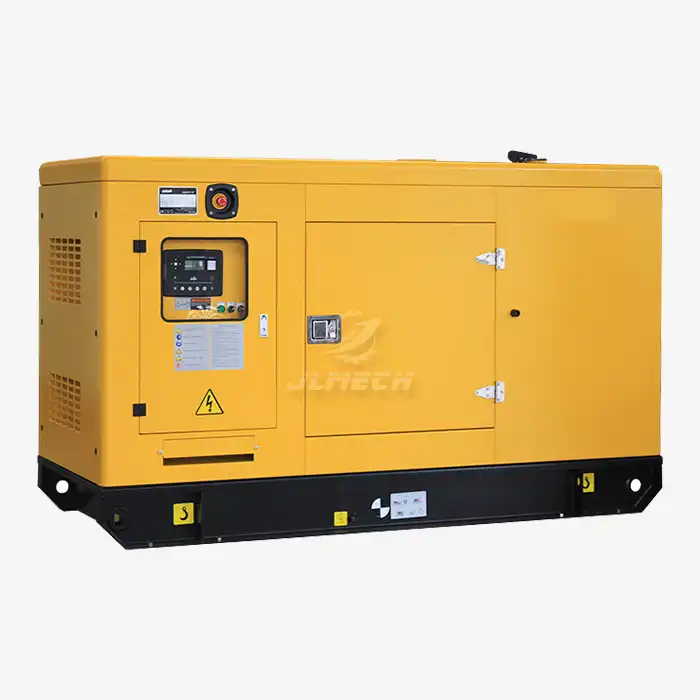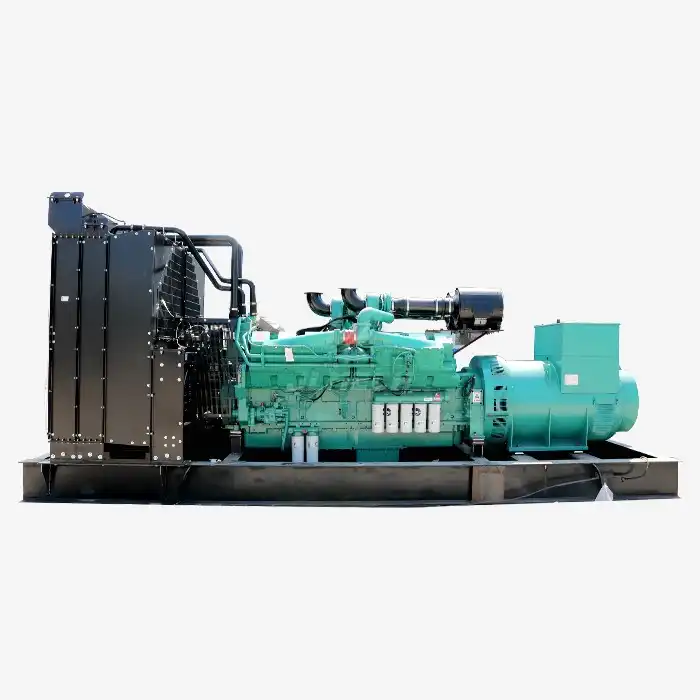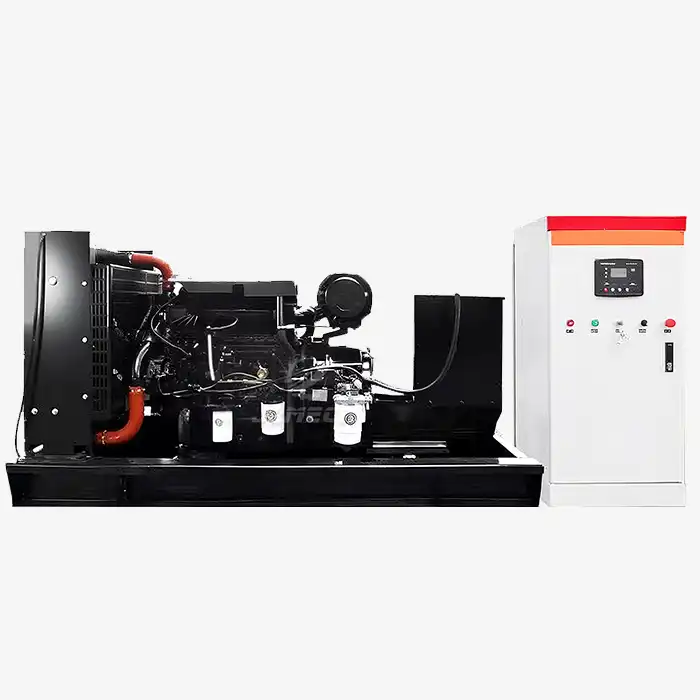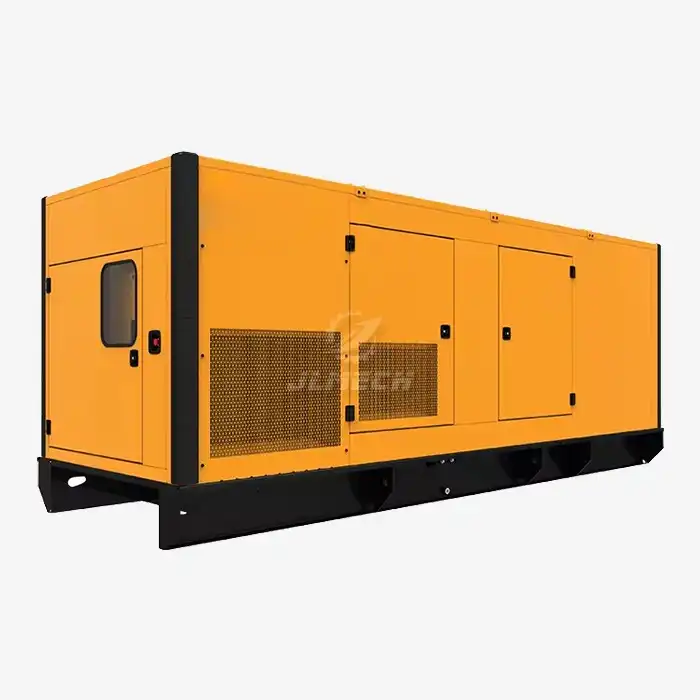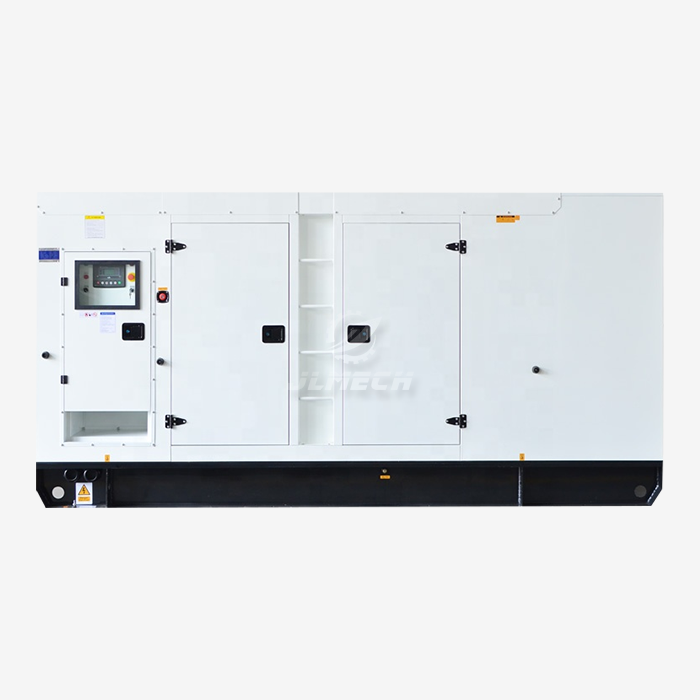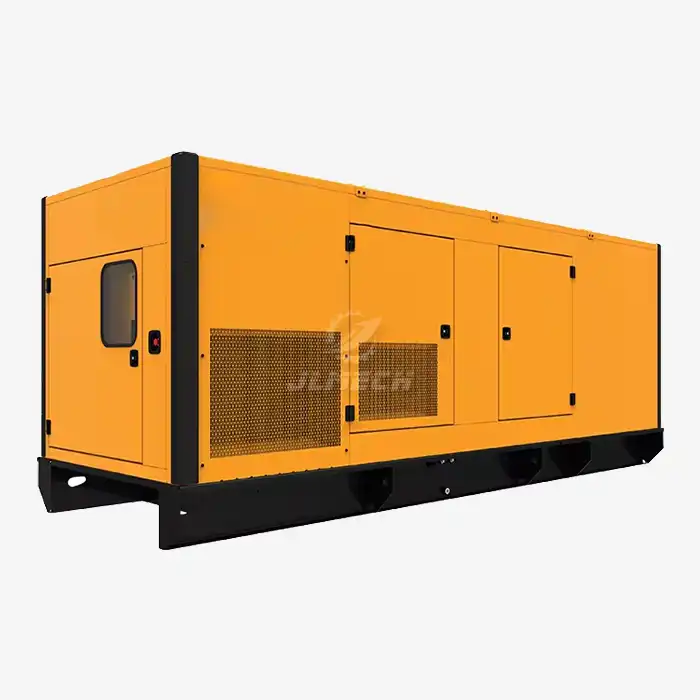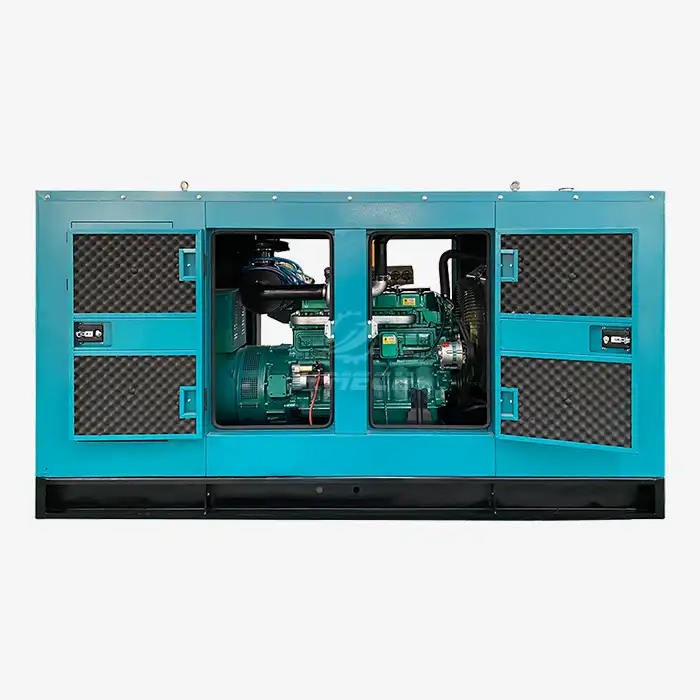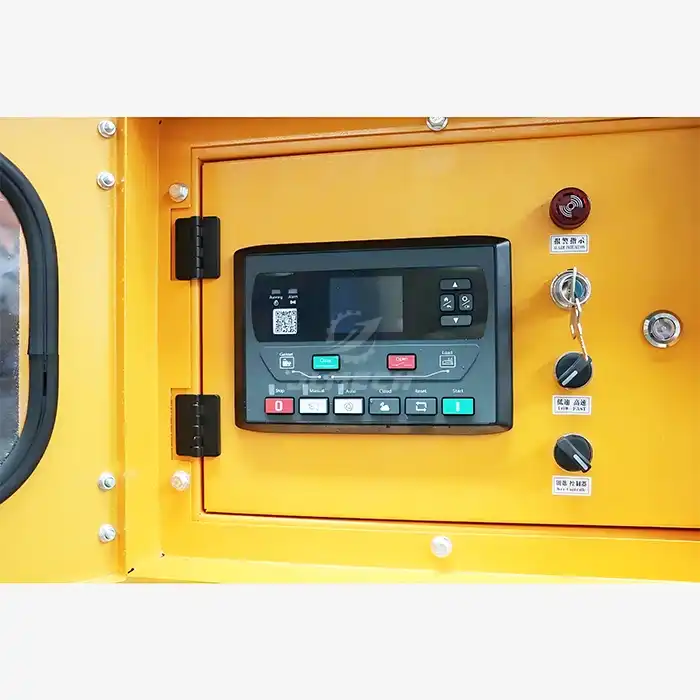What is the difference between a standby generator and a continuous generator?
When selecting a power generation solution, understanding the fundamental distinction between generator types is crucial for ensuring operational reliability, cost-effectiveness, and equipment longevity. The choice between a standby generator and a continuous generator represents one of the most critical decisions in power system design. While both serve vital roles, they are engineered for fundamentally different applications and operating regimes. Selecting the wrong type for your specific needs can lead to inadequate performance, premature failure, and unexpected costs. This comprehensive guide examines the key differences in power rating, design philosophy, application scope, and operational requirements to help you make an informed decision for your power infrastructure.

Power Rating and Operational Limits
The most fundamental distinction lies in their defined power ratings and permitted operating hours, which directly determine their appropriate applications.
Standby Generator Power Profile:
Designed specifically for emergency operation during utility power outages
Rated for limited annual operating hours (typically 200-500 hours)
Not intended for use as a primary power source
May experience accelerated wear if used beyond recommended hours
Power output typically derated for continuous operation
Continuous Generator Power Capacity:
Engineered for unlimited operation as a primary power source
Can reliably operate 24/7 under variable load conditions
No annual hour restrictions when properly maintained
Maintains consistent performance throughout extended operation
Ideal for applications requiring constant, uninterrupted power
Design and Construction Differences
The varying operational requirements necessitate significant differences in component selection, engineering approach, and construction quality.
Standby Generator Construction:
Optimized for intermittent use and rapid response
Standard commercial-grade components adequate for emergency service
Conventional cooling systems sufficient for shorter run times
Basic vibration damping and noise reduction features
Designed for reliability during occasional, unpredictable operation
Continuous Generator Engineering:
Heavy-duty construction throughout for sustained operation
Industrial-grade components with enhanced durability specifications
Advanced cooling systems with larger radiators and heat exchangers
Comprehensive vibration management and acoustic dampening
Reinforced structural elements to withstand constant mechanical stress
A true continuous generator incorporates design features that ensure longevity under the most demanding operating conditions
Typical Applications and Use Cases
The different design philosophies naturally lead to distinct application profiles for each generator type.
Standby Generator Applications:
Emergency backup for commercial buildings and facilities
Critical infrastructure support during grid outages
Data center backup power systems
Hospital emergency power systems
Retail and residential backup power
Continuous Generator Applications:
Primary power for remote mining operations
Continuous manufacturing processes
Agricultural operations in off-grid locations
Telecommunications infrastructure in remote areas
Construction sites without grid connection
Water treatment and pumping stations
The continuous generator serves as the workhorse power solution where reliability cannot depend on grid availability
Operational and Maintenance Requirements
The differing operational patterns create distinct maintenance and operational considerations for each generator type.
Standby Generator Maintenance:
Regular testing and exercise cycles (typically weekly or monthly)
Focus on starting reliability and short-term performance
Maintenance intervals often based on calendar time rather than operating hours
Emphasis on fuel stability and battery maintenance during standby periods
Less frequent oil changes and filter replacements
Continuous Generator Maintenance:
Maintenance schedules strictly based on operating hours
More frequent service intervals for oil, filters, and cooling systems
Continuous monitoring of operational parameters essential
Comprehensive maintenance programs required for optimal performance
Higher emphasis on proactive component replacement and system analysis
Operating a continuous generator demands a disciplined, proactive maintenance approach to ensure long-term reliability
Cost Considerations and Value Analysis
The total cost of ownership differs significantly between the two generator types, reflecting their distinct design philosophies and operational capabilities.
Standby Generator Economics:
Lower initial capital investment
Optimized for cost-effective emergency protection
Maintenance costs typically lower due to limited operation
Higher cost-per-operating-hour if used beyond intended application
Ideal for applications where usage is infrequent and unpredictable
Continuous Generator Investment:
Higher initial purchase price reflecting heavy-duty construction
Lower total cost of ownership for continuous operation applications
Designed for maximum fuel efficiency under constant load
Better long-term value for primary power applications
Higher resale value due to industrial-grade construction
Conclusion
Understanding the critical differences between standby and continuous generators ensures you select the right power solution for your specific requirements. Standby generators provide excellent emergency backup protection, while continuous generator systems deliver reliable primary power for demanding applications. Choosing the appropriate generator type prevents operational issues, maximizes equipment lifespan, and optimizes your power investment.
Our technical team can help you determine the optimal generator solution for your specific operational requirements and power availability needs. For a detailed assessment and professional recommendation, please contact our power systems specialists at skala@whjlmech.com.
References
- International Organization for Standardization. (2018). Reciprocating internal combustion engine driven generating sets — Part 1: Application, ratings and performance (ISO 8528-1:2018).
- Generator Manufacturers Association. (2021). Guidelines for Rating and Application of Generator Sets. GMA Technical Publication TP-101.
- Anderson, R. L. (2020). Heavy-Duty Power Systems for Industrial Applications. Journal of Power Engineering, 42(4), 55-68.
- International Electrotechnical Commission. (2019). Rotating electrical machines - Rating and performance (IEC 60034-1:2019).
- National Fire Protection Association. (2020). Standard for Emergency and Standby Power Systems (NFPA 110).



